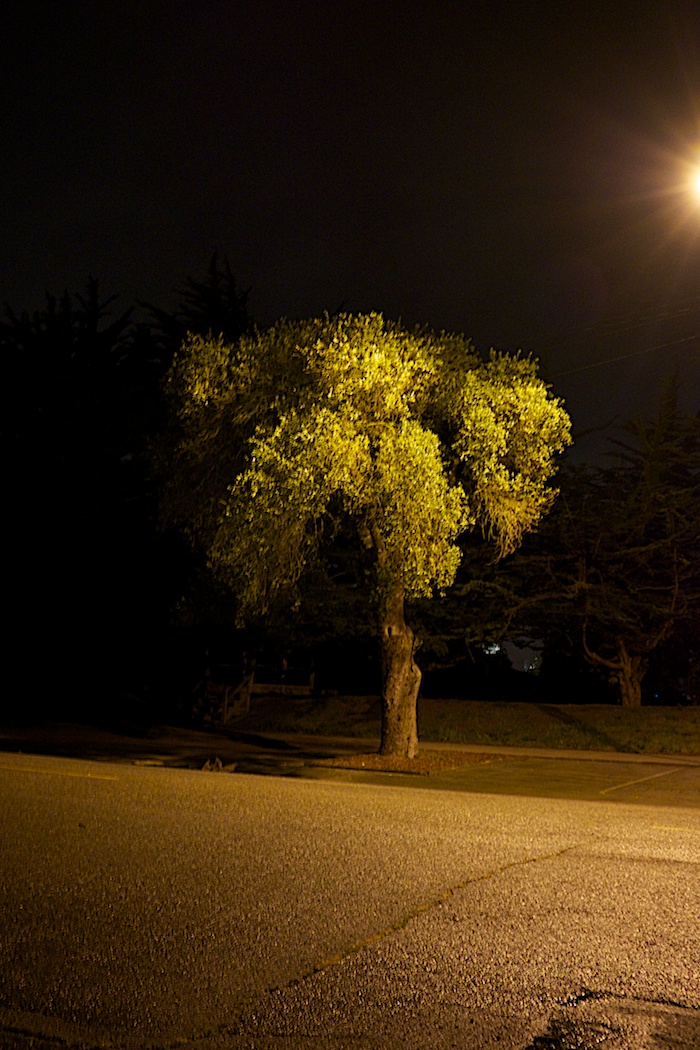It was not supposed to be a rude comment. But sometimes the truth hurts, I'm sorry. When I did my apprenticeship as a photographer 25 years ago (in Germany btw) my mentor told me the first rule of night photography: Do not make long time exposures right next to bright light sources. Because if you do, you get flares. So in my opinion your photos are user errors. That's why I said the images are badly composed. Camera placement is part of the composition. I have seen flares from bright light sources at night from Leica, Nikon, Canon or any other glass known to man. The X100 lens is not better or worse, than anything out there. In fact, I think the X100 lens is one of the most "tame" out there if it comes to flare.
You can't compare lenses in photographic situations by saying "Yeah, I went there before and I never seen a flare..." because every photographic situation is different. Unless you had your other lens(es) right next to this one in the same spot, at the same time, any comparison is useless. If you always place your long time exposures next to bright light sources just outside the frame and don't get flare, yes, I think it's pure luck.
Anyways, I didn't really start an argument. I think your images are extreme examples and are certainly not typical. The thousands of night time images from countless X100 photographers including myself prove it.





